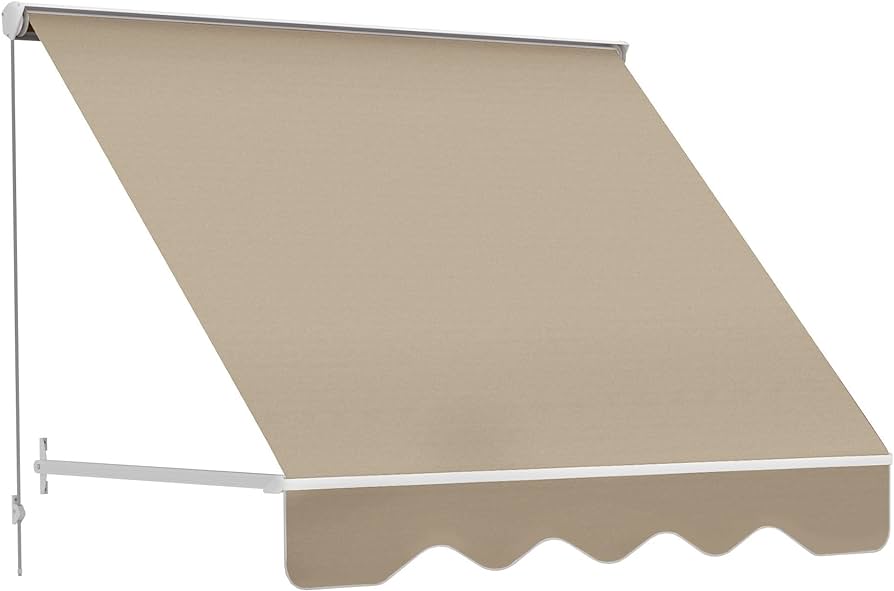To adjust photo size, you can use photo editing software or online tools. Simply open the photo in the chosen program, select the resize option, and enter the desired dimensions.
This will resize the photo accordingly. Photos are an integral part of our digital lives, whether it’s for personal use or professional purposes. However, there are instances where you may need to adjust the photo size to meet specific requirements.
Whether you want to resize an image for a website, social media, or printing purposes, understanding the process can be helpful. In this guide, we will explore various methods to adjust photo size quickly and easily. By following these steps, you’ll be able to resize images without compromising the picture quality or aspect ratio. Let’s dive in and learn how to perfect the dimensions of your photos effortlessly.

Credit: medium.com
Understanding Image Resolution
Understanding image resolution is crucial when it comes to adjusting photo size. Learn how to resize your photos effectively for a better visual experience.
What Is Image Resolution?
Understanding image resolution is essential for adjusting photo size effectively. Image resolution refers to the level of detail that an image possesses, usually measured in pixels per inch (PPI) or dots per inch (DPI). Simply put, it determines the amount of visual information that a digital image contains.
Different Units Of Measurement For Resolution
Resolution can be measured using different units, mainly PPI and DPI. PPI, as the name suggests, measures the number of pixels present in one inch of an image. On the other hand, DPI is commonly used in the printing industry and refers to the number of tiny ink droplets that can be formed on a printed document within one inch.
It’s important to note that the terms PPI and DPI are often used interchangeably, implying the same concept in most scenarios related to digital and print media.
How Resolution Affects Photo Size
Resolution plays a crucial role in determining the size of a photo. The higher the resolution, the more pixels or dots the image contains, resulting in a larger file size. This directly impacts the storage space required and the time taken for the photo to load on various devices and platforms.
If you intend to use an image for the web, it’s advisable to keep the resolution lower (typically 72 PPI or DPI) to optimize the file size and ensure faster loading times. For print purposes, a higher resolution (around 300 PPI or DPI) is recommended to achieve crisp and clear prints.
Keep in mind that adjusting the resolution alone doesn’t change the physical dimensions of an image, but it does affect the overall quality and file size. To alter the size of a photo, you may need to resize the image dimensions along with adjusting the resolution.
Resizing Photos Using Software
Adjusting photo size is an essential step in optimizing your images for various purposes, such as social media posts, blog articles, or website design. While there are several ways to resize photos, one of the most effective methods is by using software. Whether you are a professional photographer or an amateur looking to enhance your photos, utilizing software allows you to have more control over the resizing process. In this article, we will explore three popular options for resizing photos using software: Adobe Photoshop, online photo editors, and other software alternatives.
Using Adobe Photoshop
Adobe Photoshop, a widely recognized and powerful image editing software, offers extensive features for resizing photos. Here is a step-by-step guide on how to resize your photos using Adobe Photoshop:
- Open Adobe Photoshop and go to File -> Open to select the photo you want to resize.
- Once the photo is open, navigate to Image -> Image Size.
- In the Image Size dialog box, you can adjust the width and height of the photo by entering specific pixel dimensions or by choosing a percentage scale. Remember to maintain the aspect ratio to avoid distorting the image.
- Click on OK to apply the changes. If needed, you can also make additional adjustments to the image using other Photoshop tools.
- Finally, save the resized photo by selecting File -> Save As and choose the desired file format and location.
Resizing With Online Photo Editors
Online photo editors provide a convenient and quick way to resize your photos without the need for installing any software. Here are a few popular online photo editors you can use:
- Canva: Canva offers a user-friendly interface and diverse photo editing options, including resizing. Upload your photo, select the resize option, enter the desired dimensions, and save the resized photo.
- Pixlr: Pixlr also provides a range of editing tools, and resizing is one of its key features. Open your photo, go to Image -> Image Size, adjust the dimensions, and save the resized image.
- Fotor: Fotor allows you to resize your photo effortlessly. Upload your photo, choose the resize option, adjust the width and height, and download the resized image.
Other Popular Software Options
Aside from Adobe Photoshop and online photo editors, there are several other software options available for resizing your photos:
| Software | Key Features |
|---|---|
| GIMP | Offers advanced image editing features and resizing capabilities. |
| Paint.NET | Provides a straightforward interface and essential resizing tools. |
| Photoscape | Includes resizing options along with various editing features. |
With these software options at your disposal, you have the flexibility to resize your photos effectively and achieve the desired dimensions for your creative projects.
Maintaining Image Quality
When it comes to adjusting photo size, maintaining image quality is crucial. Nobody wants pixelated or blurry images on their website or social media profiles. In this section, we will discuss how to choose the right file format, avoid pixelation and blurring, and resize images for different platforms.
Choosing The Right File Format
Choosing the right file format for your images is essential for maintaining image quality. Here are some popular file formats you can consider:
| File Format | Usage |
|---|---|
| JPEG (.jpg, .jpeg) | Best for photographs and complex images. |
| PNG (.png) | Ideal for images with transparent backgrounds or simpler graphics. |
| GIF (.gif) | Suitable for animated images and graphics with limited colors. |
Avoiding Pixelation And Blurring
Pixelation and blurring can occur when resizing images. To avoid this, follow these tips:
- Start with high-resolution images: Use images with higher pixel density to maintain clarity.
- Resize proportionally: Maintain the aspect ratio to prevent distortion.
- Avoid excessive enlargement: Enlarging images too much can result in pixelation.
- Use photo editing software: Choose high-quality resizing options and anti-aliasing features.
Resizing For Different Platforms
Resizing images for different platforms ensures they display correctly and maintain their quality. Here are some considerations:
- Social media platforms: Each platform has its own recommended image size. Research the optimal dimensions for each platform, such as Facebook, Instagram, or Twitter.
- Websites: Balance image dimensions with loading speed. Compress images without sacrificing quality using tools like Kraken.io or TinyPNG.
- Email newsletters: Keep images under a specific file size to avoid slow loading times and deliverability issues. Optimize images for web with tools like JPEGmini or Squoosh.

Credit: handletheheat.com

Credit: fixlinens.com
Frequently Asked Questions For How To Adjust Photo Size
What Are The Steps To Adjust Photo Size?
To adjust the photo size, open your image in an editing software like Photoshop or GIMP. Then, go to the “Image” tab and select “Image Size”. Here, you can specify the dimensions or percentage to resize your photo. Finally, save the changes and your photo will be adjusted to the desired size.
Why Is Adjusting Photo Size Important?
Adjusting photo size is important for various reasons. Firstly, it ensures the image fits properly on different platforms and devices. Secondly, it reduces the file size, making the photo easier to share and load online. Lastly, it helps maintain image quality by preventing distortion or pixelation.
What Is The Recommended Photo Size For Social Media?
The recommended photo size for social media varies across platforms. For Facebook, the ideal size for a cover photo is 820 x 312 pixels, profile picture is 180 x 180 pixels. For Instagram, the optimal size for a square photo is 1080 x 1080 pixels, and for Twitter, the recommended header photo size is 1500 x 500 pixels.
How Can I Adjust Photo Size Without Losing Quality?
To adjust photo size without losing quality, it is recommended to use software like Adobe Photoshop or Lightroom. These programs allow you to change image size while preserving image quality through advanced algorithms. Additionally, using the “Save for Web” feature can help optimize the photo size without compromising its overall visual integrity.
Conclusion
To sum up, adjusting the size of photos has become an essential skill in today’s digital era. By following the step-by-step guide provided in this blog post, you can easily resize your images to fit the required dimensions without compromising their quality.
Whether you are a professional photographer or a casual user, mastering this technique will ensure that your photos are visually appealing and optimized for various platforms. Start experimenting with photo size adjustment today and witness the impact it can have on your online presence.


